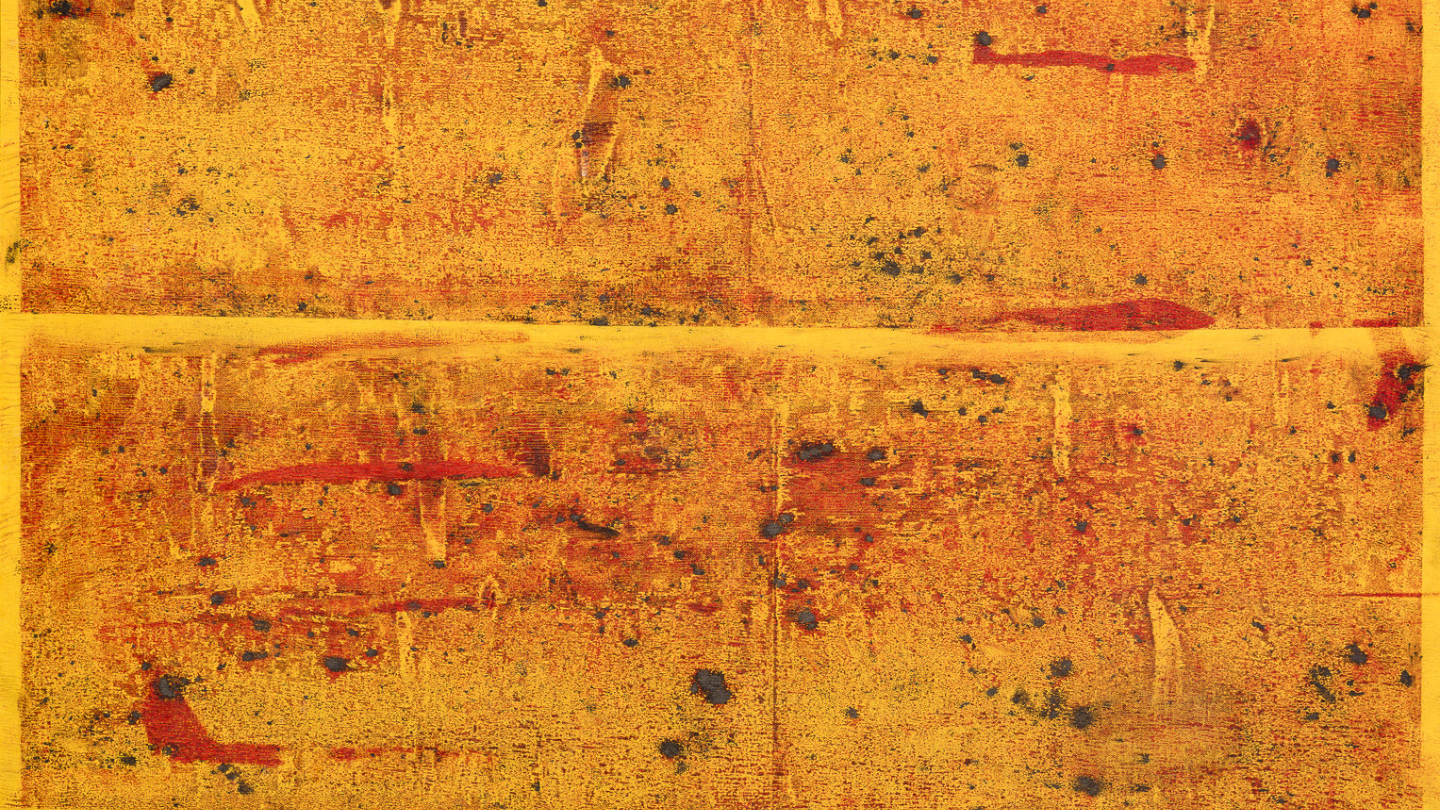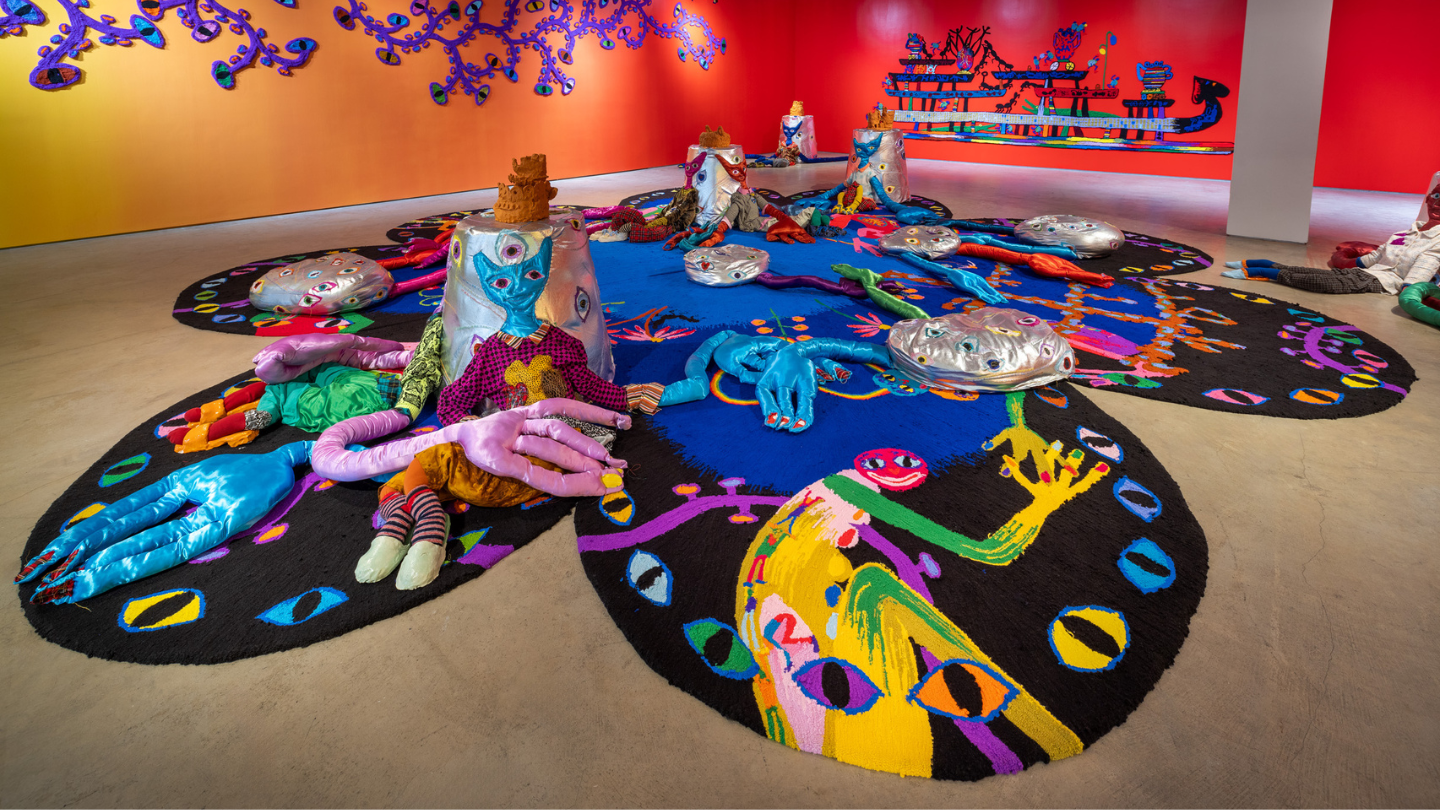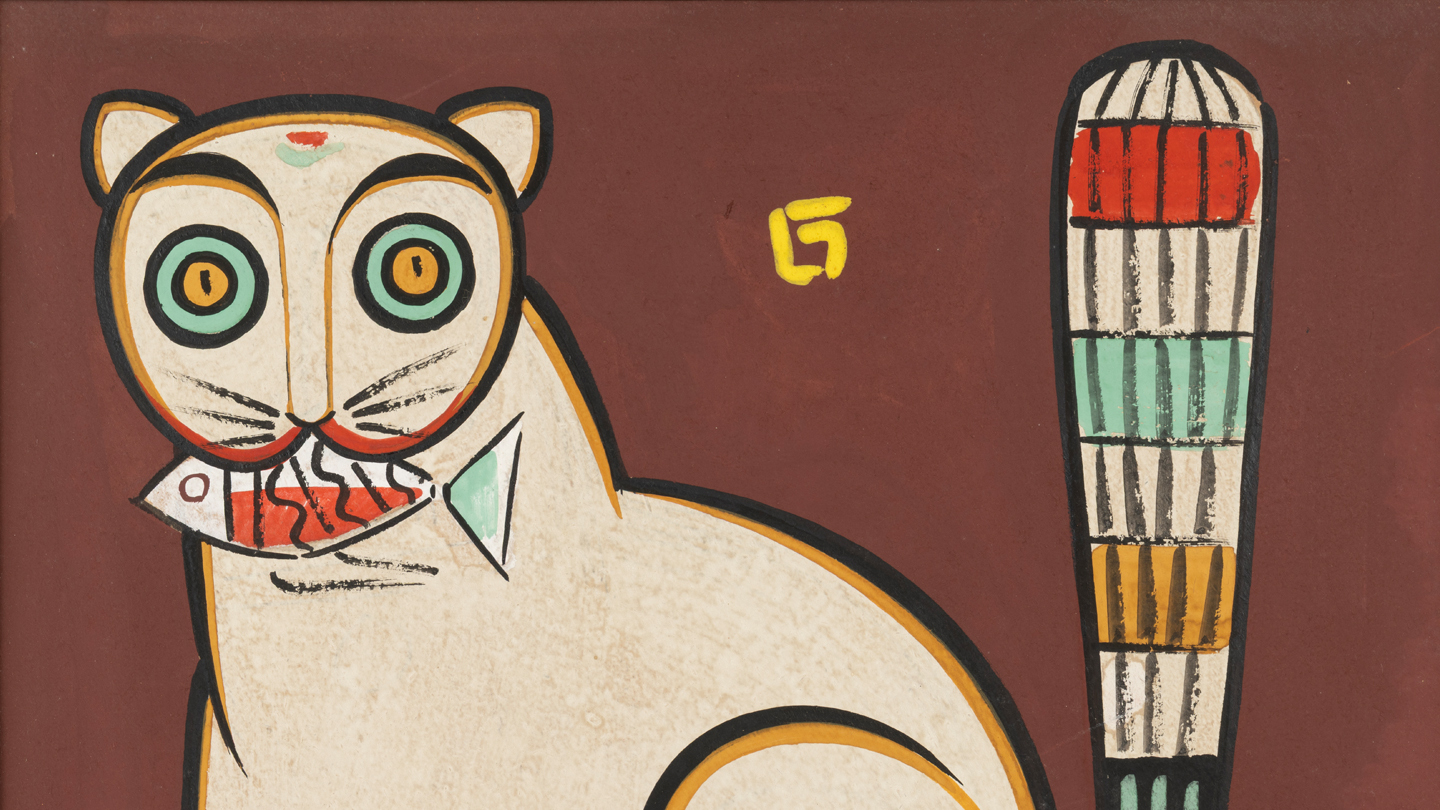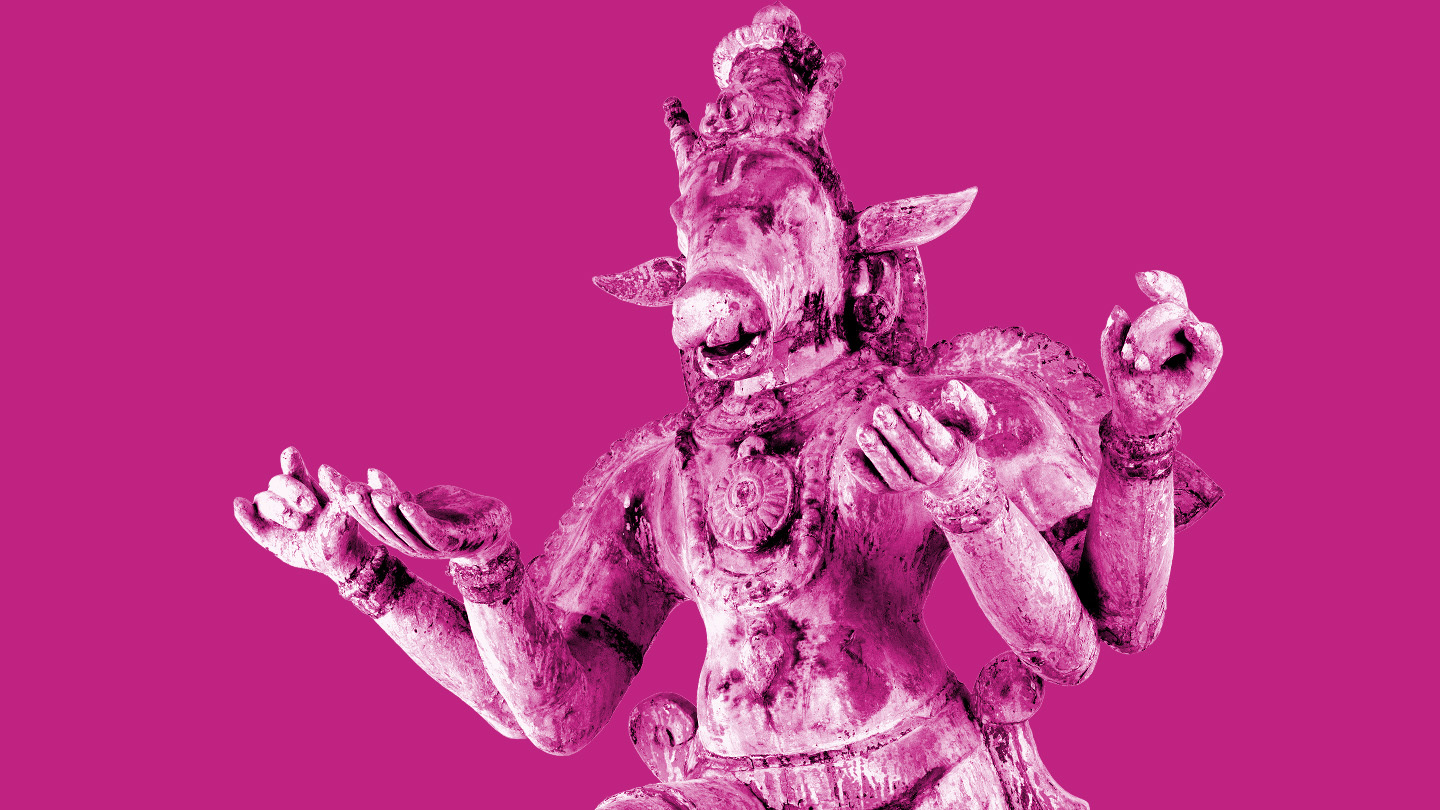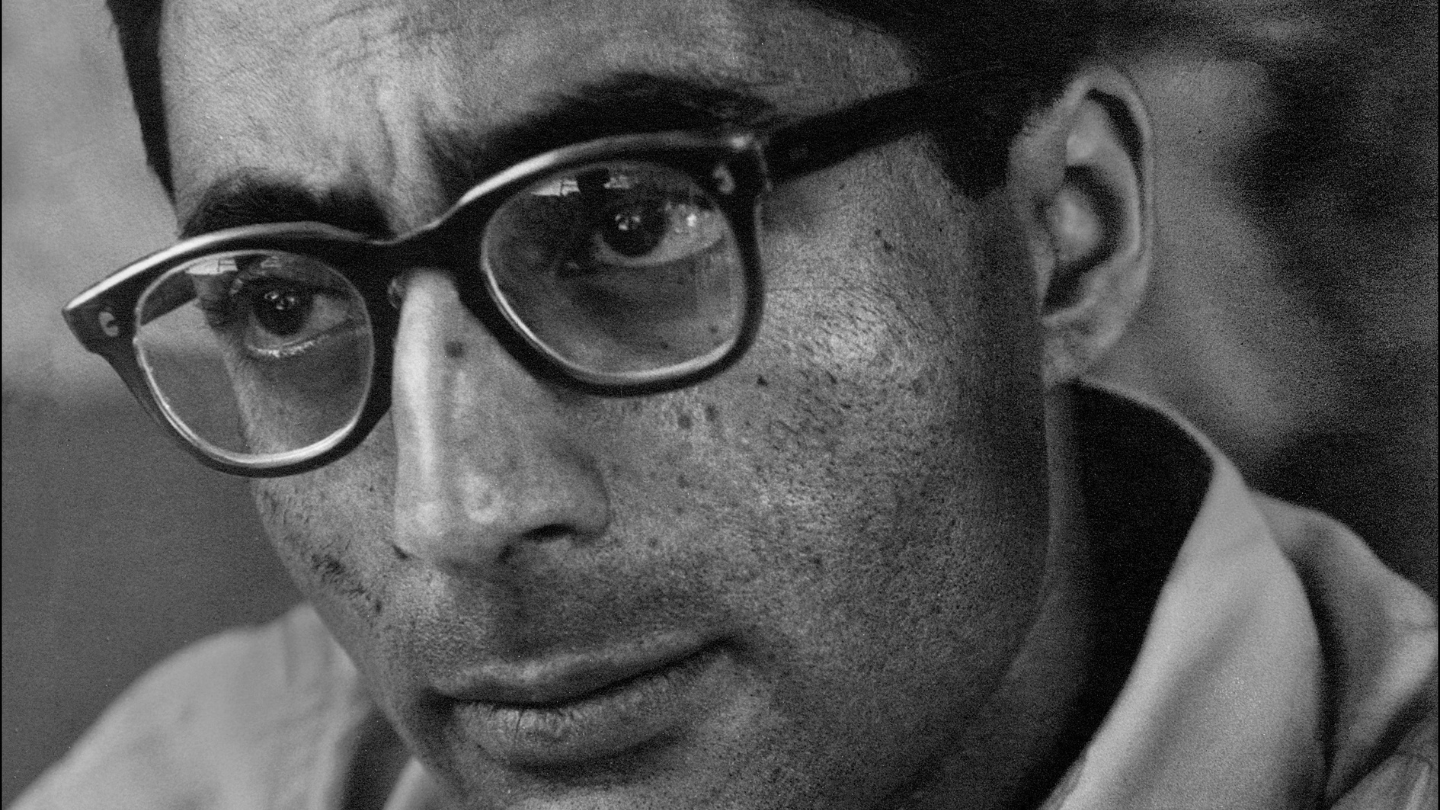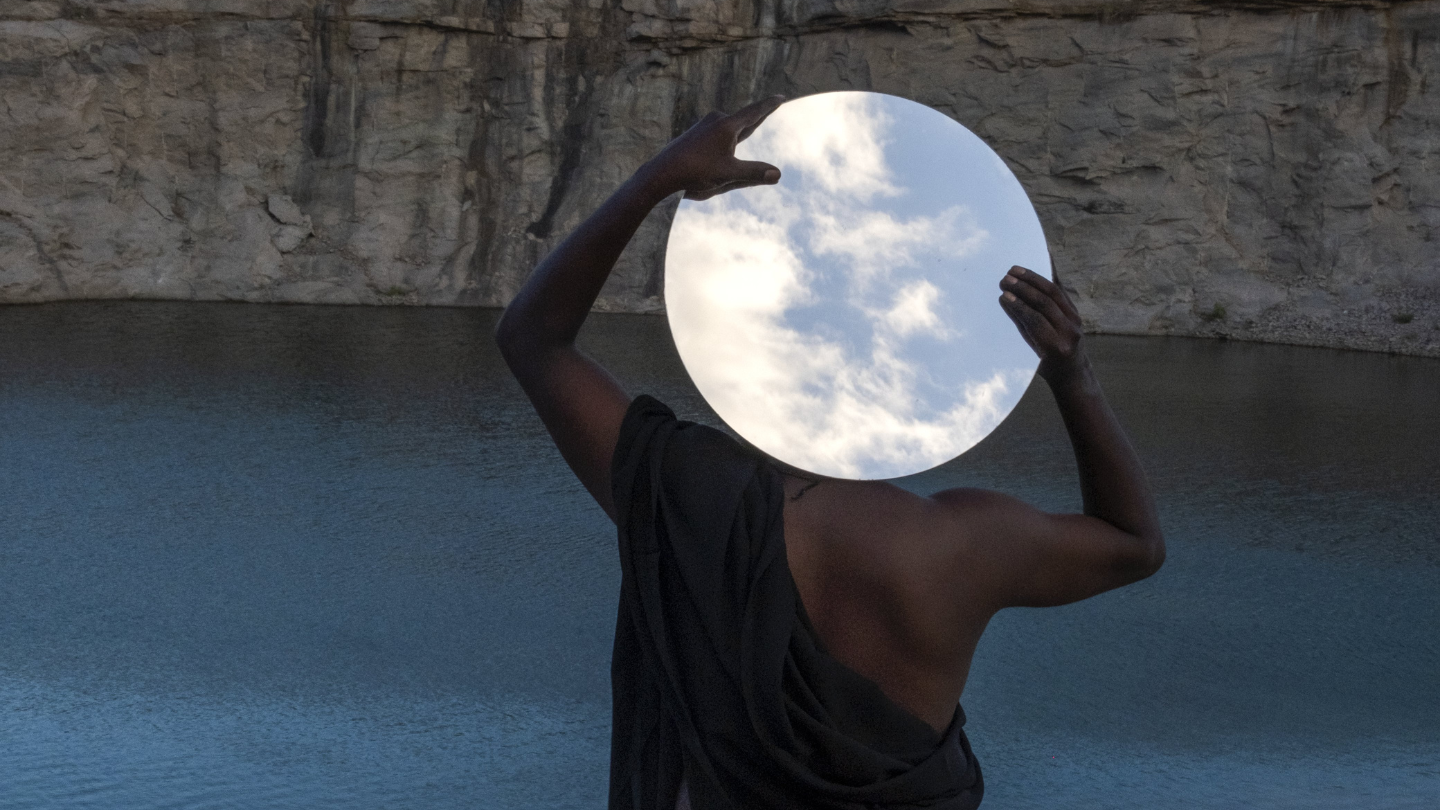Exhibitions
Ticket Tika Chaap: The Art of the Trademark in Indo-British Textile Trade
If you stepped into a bustling Indian bazaar, or market, in the late 19th or 20th century, looking to buy cloth, your eyes would be drawn not to fabric, but to paper — a glossy, multicoloured label affixed to nearly every length of cloth. Each label would have had a different image: a dancing elephant that made you laugh, a familiar deity that invited devotion, a reclining woman in a lush garden who stirred longing, or a steamship that inspired dreams of distant shores.
The exhibition explores these textile labels, known as tikats (tickets), tikas or chaaps, and their art-historical and commercial significance, as perhaps the earliest forms of branding and advertisement, in India.
Textile labels arrived in Indian markets in their thousands, stuck on yards upon yards of cotton fabric manufactured in the mills of Britain (and India), and sold in Indian and global markets. They wove desire, memory, and meaning into the act of purchase. Their designs, often encased in informative borders, bore vivid imagery—divine figures, mythological scenes, regal portraits, political symbols, and even whimsical tableaus—chosen so that they might resonate with local aesthetics and aspirations. They enticed customers, cultivated brand loyalty, and reinforced the perceived quality of cloth. For many, the labels transcended their commercial purpose, becoming cherished collectibles, devotional objects, or emblems of personal taste and aspiration.
The textile ticket is a testament to how images shape perception, value, and desire—a story as relevant today as it was over a century ago. Each label carries the weight of trade histories, colonial encounters and global exchange, showing us how deeply art, culture and commerce are connected.
As you walk through Ticket Tika Chaap, we invite you to consider the tickets as historical objects as well as examples of how an image, its technologies of production and its meanings are deeply intertwined, in advertising and beyond. Do these objects from the past carry a sense of the familiar, even today?
The exhibition has been made possible in partnership with Bank of America
![]()
We are grateful to scholars including Dr. Sandria Freitag, Dr. Jyotindra Jain, Dr. Kajri Jain, Ms. Susan Meller, Dr. Arvind Rajagopal, Dr Sumathi Ramaswamy, and Dr. Tapati Guha Thakurta, whose research in the fields of textile tickets and Indian popular visual culture was foundational for the exhibition. We are also grateful to the contributing scholars of Tasveer Ghar, a digital platform showcasing and examining South Asian popular visual culture.
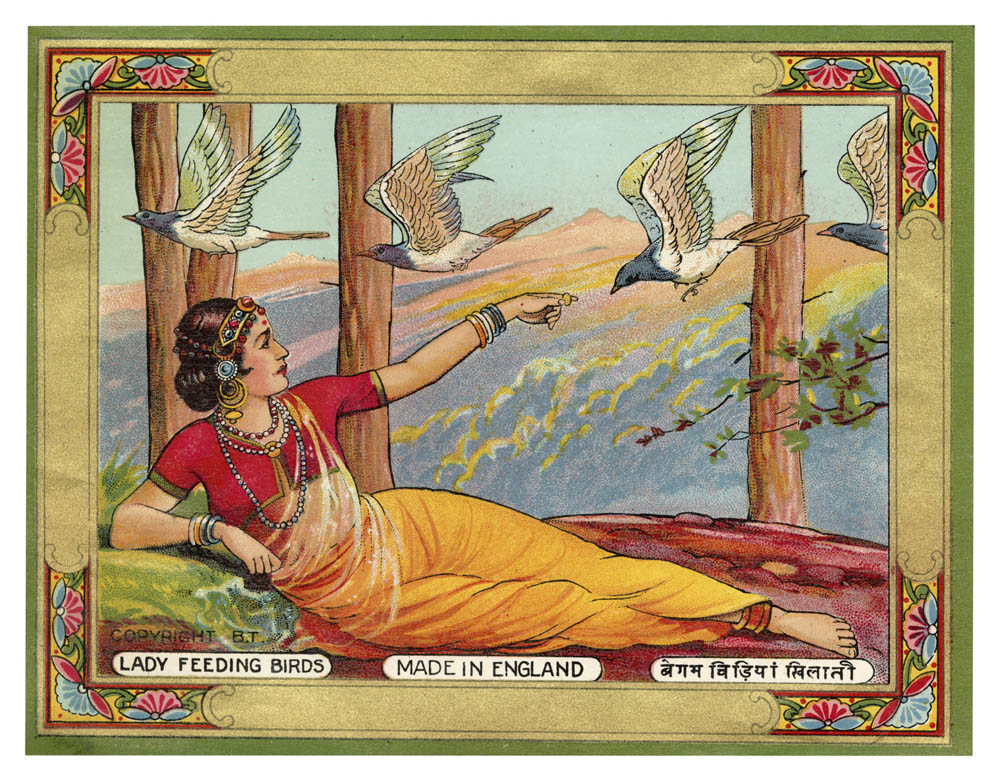
Textile Label, Late 19th-early 20th century, Chromolithograph, H. 13.1 x W. 17.0 cm, POP.08195

